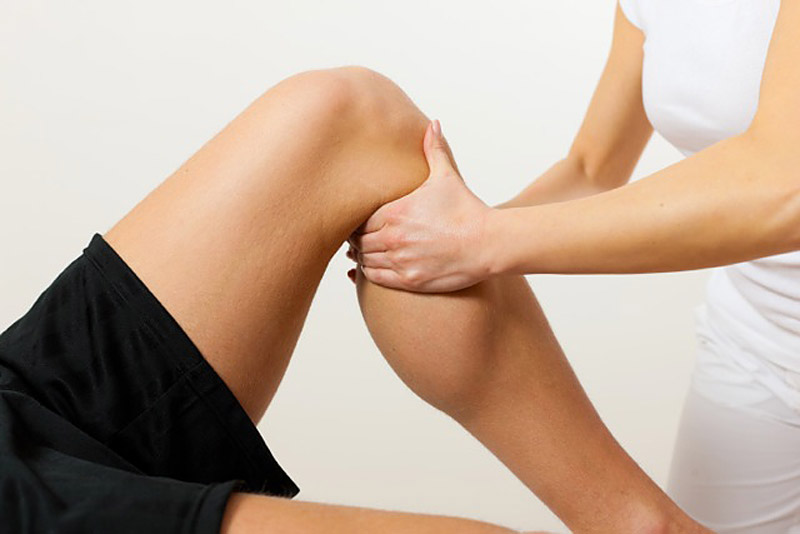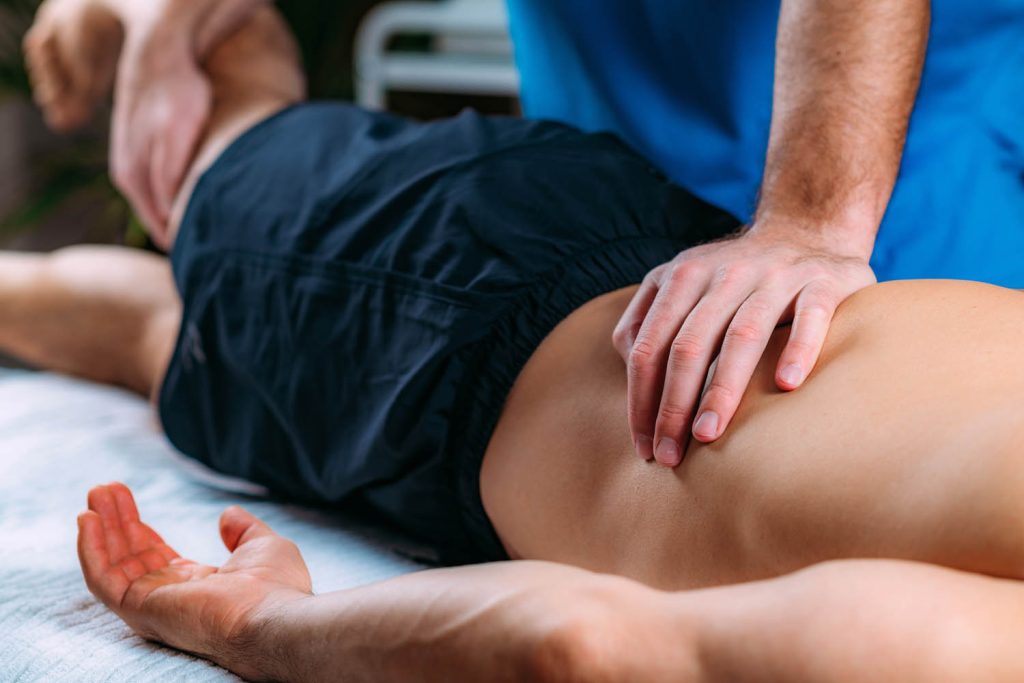What Is Sports Massage Therapy?
Sports massage therapy is a specialized form of massage that focuses on enhancing athletic performance, preventing injuries, and aiding in the recovery of athletes. It involves a combination of techniques aimed at preparing the body for physical activity, alleviating muscle tension and soreness, and promoting healing and flexibility.


Here are key aspects of sports massage therapy:
1. Preventive and Pre-event Massage:
Preventive: Sports massage can help prevent injuries by addressing muscle imbalances, promoting muscle flexibility, and improving joint range of motion. It’s often utilized as a regular part of an athlete’s training routine.
Pre-event: This type of massage is typically performed shortly before an athletic event to warm up muscles, increase blood flow, and prepare the athlete mentally and physically for the activity.
2. Recovery and Post-event Massage:
Recovery: Post-event sports massage is aimed at reducing muscle soreness, inflammation, and tension after intense physical activity. It aids in the recovery process and may help prevent delayed onset muscle soreness (DOMS).
Post-event: After an athletic event, athletes may receive a massage to help them relax, ease muscle tension, and promote a quicker recovery.
3. Injury Treatment and Rehabilitation:
Sports massage therapists often work in collaboration with healthcare professionals to help athletes recover from injuries. The massage can aid in rehabilitation, improve circulation to injured areas, and promote healing.
4. Techniques Used:
Sports massage incorporates a range of techniques, including deep tissue massage, Swedish massage, stretching, compression, friction, myofascial release, and trigger point therapy. The choice of technique depends on the athlete’s needs and the specific stage of training or recovery.
5. Target Areas:
Sports massage often focuses on specific muscle groups or areas of the body that are prone to stress and tension due to the athlete’s sport or activity. Common areas include the legs, back, shoulders, and neck.


6. Customization:
Sports massage is highly customized to the athlete’s sport, training regimen, and individual needs. The intensity and type of massage can vary based on the athlete’s level of activity, training phase, and overall goals.
7. Professional Expertise:
Sports massage therapists typically have specialized training and knowledge in sports-related anatomy, physiology, and specific massage techniques for athletes. They understand the unique demands and challenges faced by athletes.
Sports massage therapy can be a valuable component of an athlete’s overall training program, assisting in improving performance, reducing the risk of injury, and facilitating optimal recovery. It’s important for athletes to work with a qualified sports massage therapist who can tailor the treatment to their individual needs and goals.
